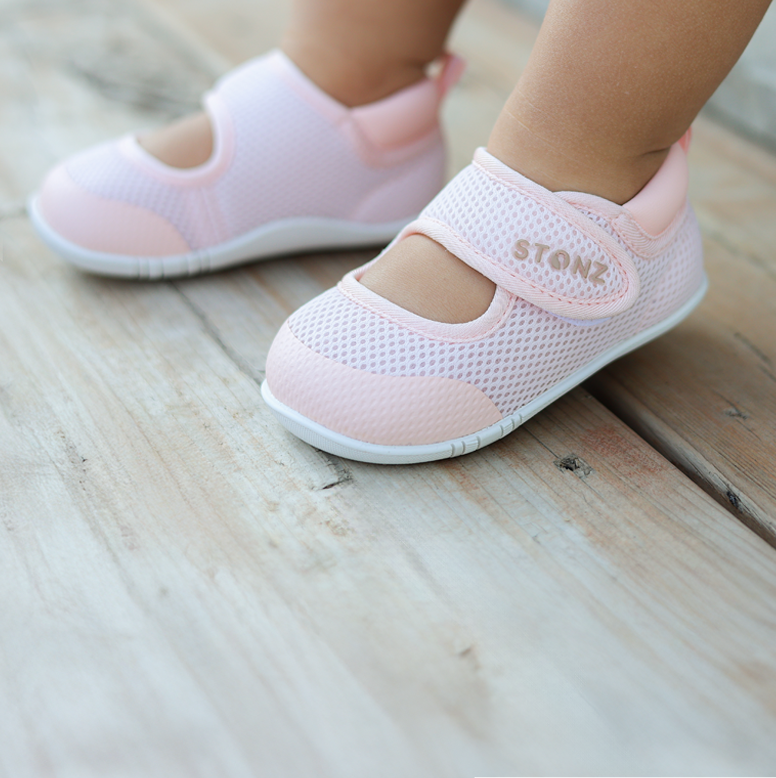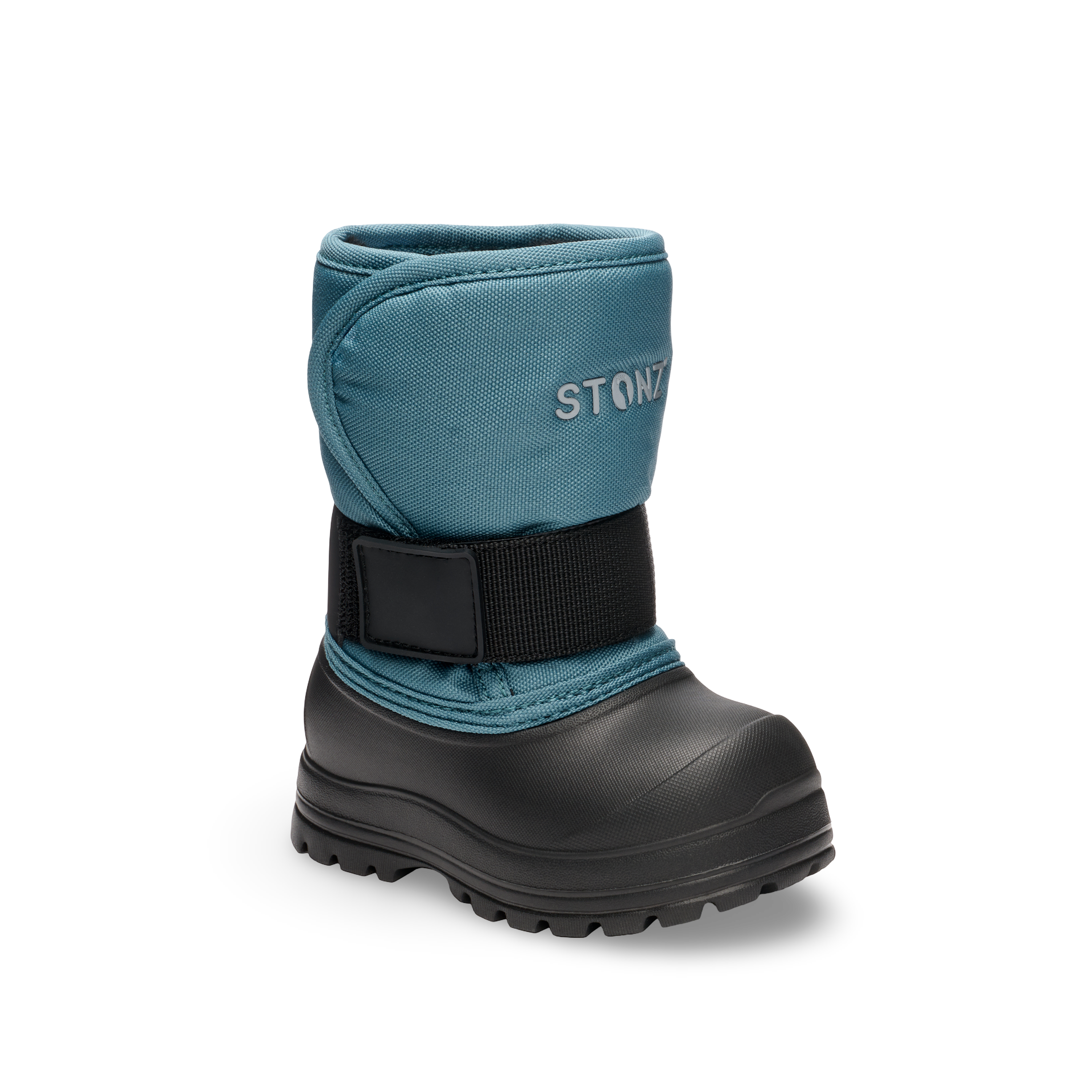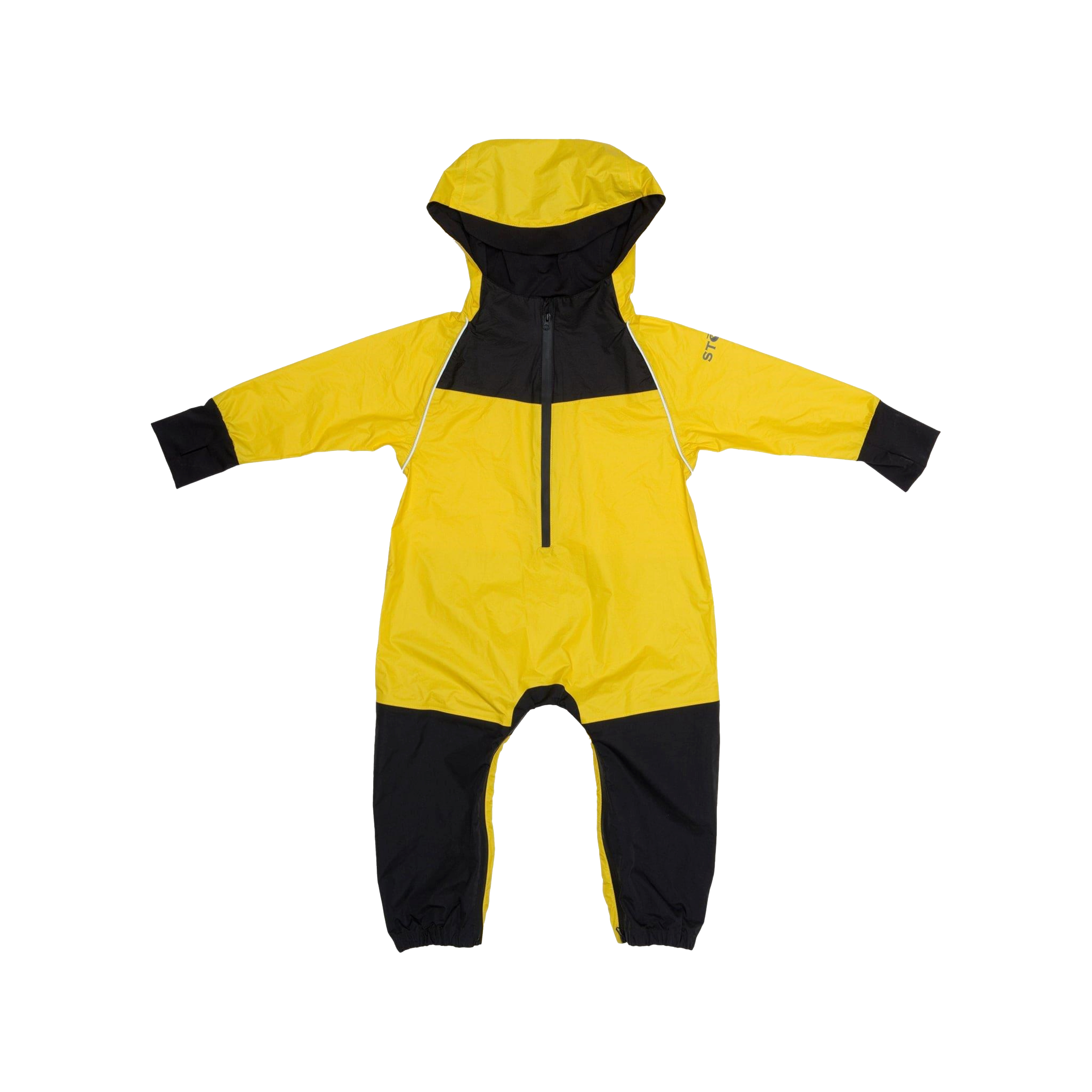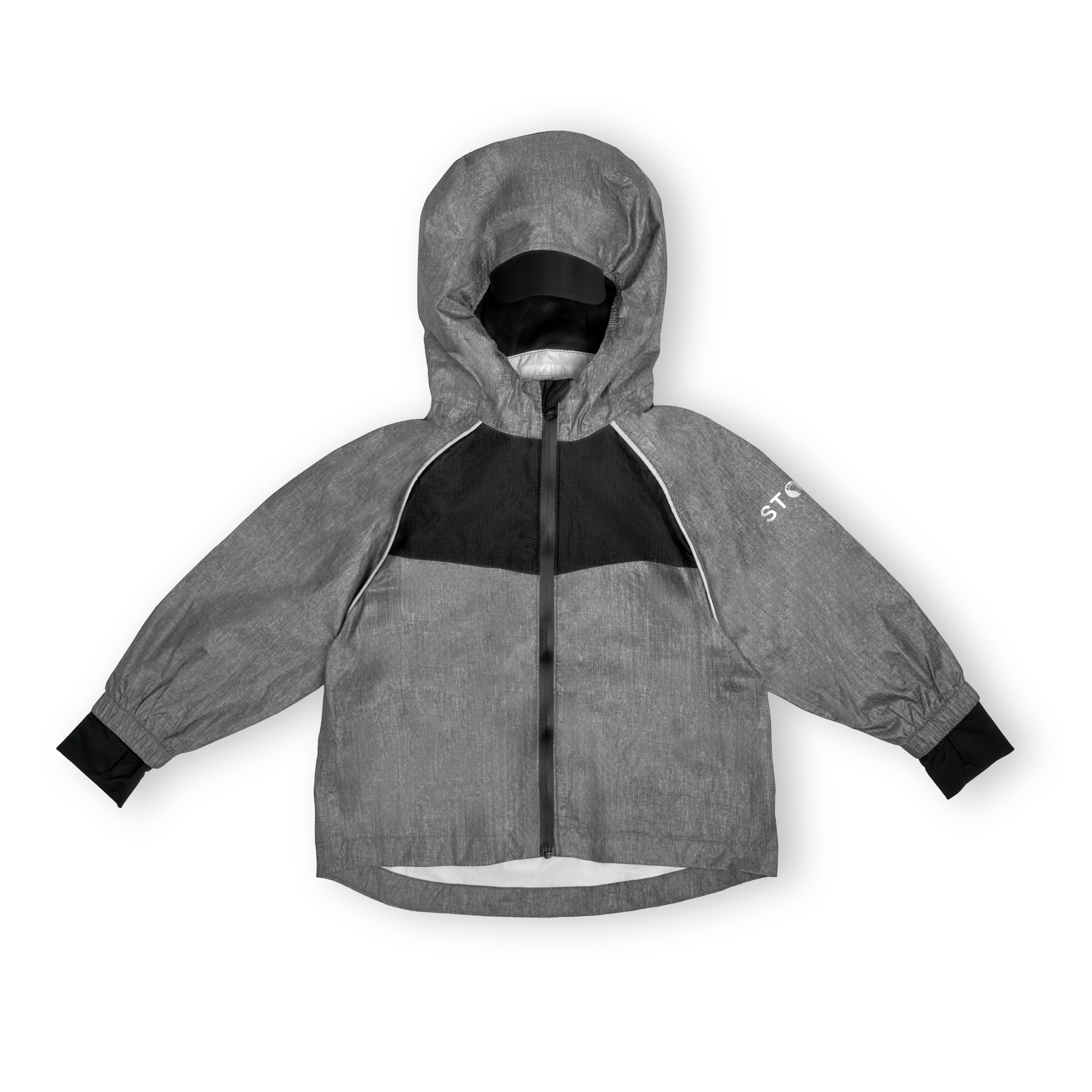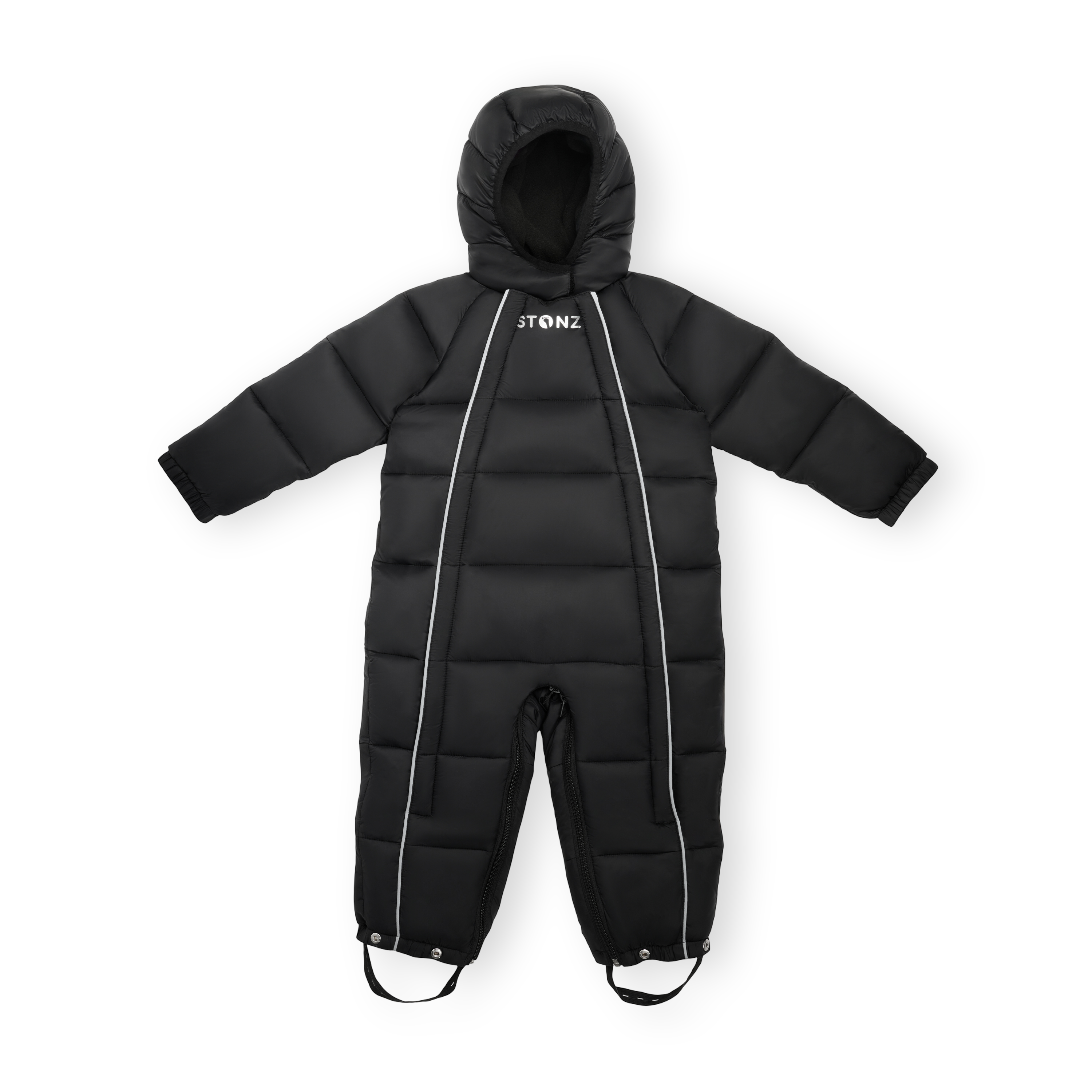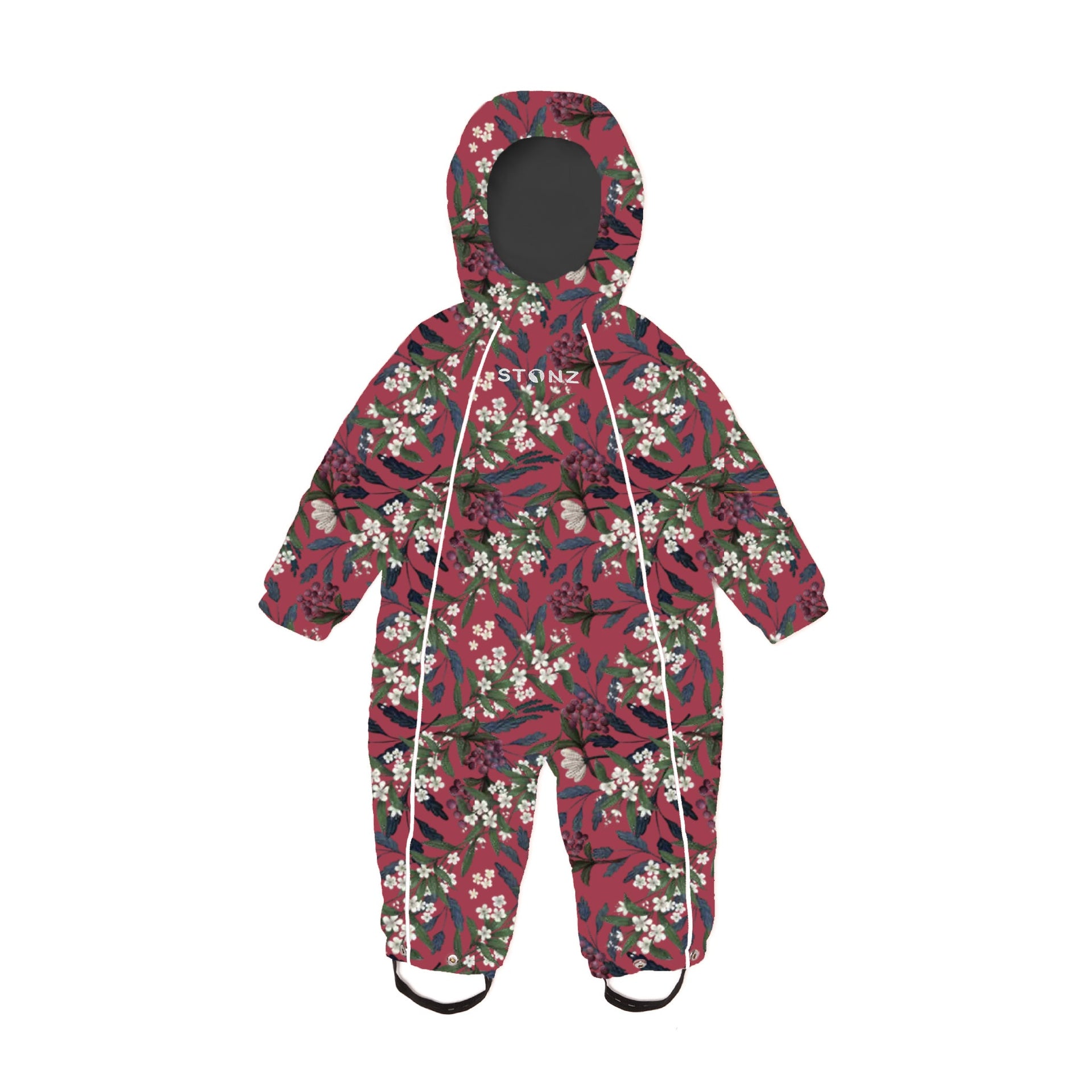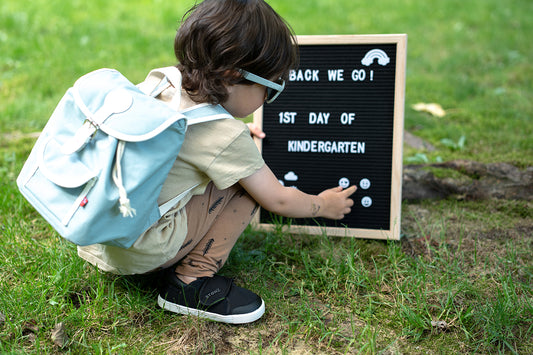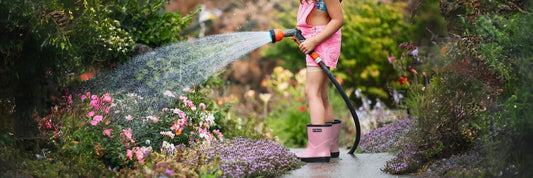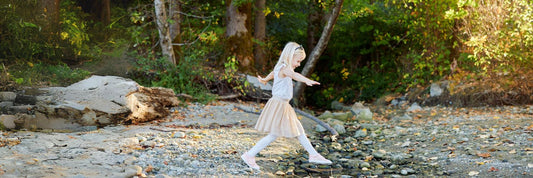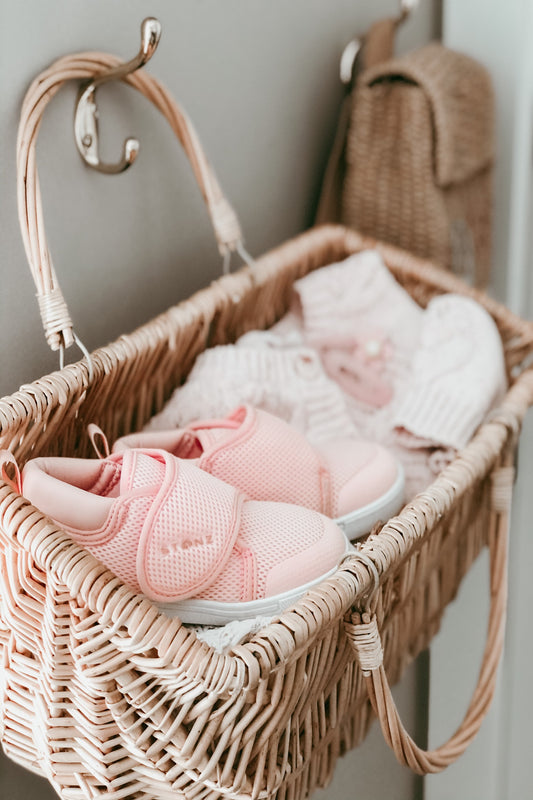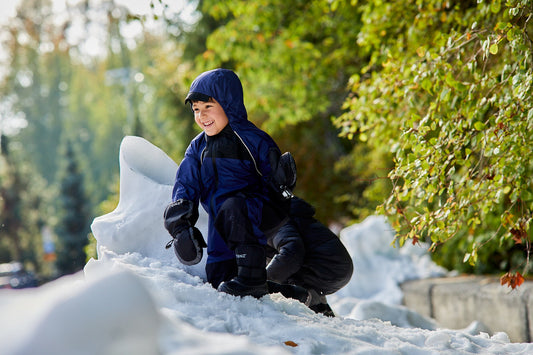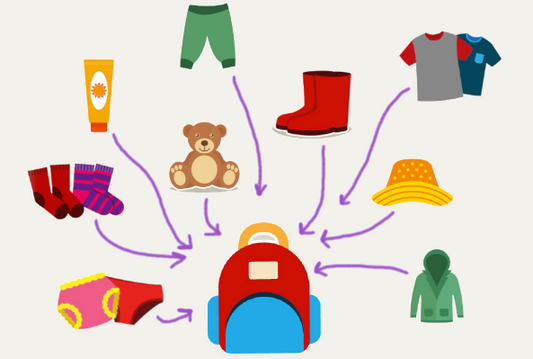4 Tips for Implementing Sustainable Practices with your Kids
“We do not inherit the Earth from our ancestors; we borrow it from our children.”
Today, sustainability and climate change are quickly encapsulating our lives. No matter where we live, we're starting to see the effects of pollution, single-use plastics, and other factors that are damaging to our environment. It's undoubtedly hard living in a world where you feel like you can't make a difference, especially when it comes to sustainability. You want to save the sea turtles, but when you look at all the disposable coffee cups and straws lying in the trash on your way to work, how can you not feel defeated?

Being mothers, our children are absolutely everything to us. We want them to thrive - to be able to spend lots of time outdoors, to visit the glaciers if they wanted to, to not have countless species of animals going extinct in their lifetime. The good news is with ongoing social media and activism, governments and businesses are starting to listen us. The truth is, we CAN make an impact, and it starts small. Little actions become habits... which become movements... which affects other people around us.

So how do we start? It's simpler than we think. Children are our future - we have to instill these practices with them while we go on our own sustainability journey so they can uphold them as they grow up. Research shows that teaching by example has a greater effect on children's behaviour than telling them what to do; so if sustainable living is important to you, try evaluating your everyday habits first and see how you can include your kids while doing it. Below are 4 (kid-friendly) sustainable ideas you can easily start implementing into your busy everyday lifestyle.
(Source: ABC Education)
1. Spend Time in Nature
Showing your kids the beauty of nature can spark passion to protect it. Take them to parks, lakes, forest trails, hikes, waterfalls, etc. and while you're enjoying yourselves, strike up a conversation that these beautiful places and how the animals that live in these places are at risk. Talk about how your actions can impact nature, and how we have the ability to conserve it. You can even bring an empty bag with you and pick up litter on the way to show one of the ways we can help.

2. Share Stories
It's hard to get our kids to grasp big ideas without showing them something concrete. We suggest regularly reading books (with pictures!), watching documentaries, or even showing them content on social media about animals, climate change, detriments of single-use plastics, etc.
Let us know if you are interested in our favourite documentaries/social media accounts to follow - we'd be happy to share a more detailed list with you in a future blog post!

3. Try to Avoid Single-Use Plastics
This is something that is easy to do... but easy to forget. Takeout containers, plastic straws, bottled water, plastic bags, etc. are all items that we use everyday. To put this into perspective on a global scale, here are some mind-boggling facts that we want to share with you.
- About one trillion single-use plastic bags are used annually across the globe. That's nearly 2 million every minute
- More than half a billion plastic straws are used every day around the world
- Takeout orders account for around 269,000 US tons of plastic waste that has entered oceans
(Source: Earthday.org)

The truth is, since you use these items all the time, it really does make a difference when you personally cut down your single-use plastic usage. Once you add more people to the mix (like your family), you can make an even bigger impact. Here are some quick tips we came up with to reduce single-use plastic in your lives:
- Use reusable beeswax wraps instead of plastic wrap (this saves money down the line too!)
- Pack lunches in glass containers
- Bring reusable water bottles (preferably glass or stainless steel) to work, and have your children pack them for school
- Keep some glass containers in your car with you - when you eat at restaurant and need some food packed to go, it's an easy alternative to Styrofoam takeout boxes
- Always have a reusable bag on you to carry items on spontaneous grocery/clothes shopping trips

4. Implement Meatless Mondays
It's no secret that meat and dairy production are one of the leading causes of greenhouse gases, fossil fuel usage and pollution. The environmental impact on livestock farming is pretty huge. If your family does eat meat, it might not be the most effective method to cut out meat cold turkey (pardon the pun). Try to just have one night a week where you implement vegetarian options so you can try new recipes while lowering your family's carbon footprint. You actually won't believe how many yummy options there are that don't require meat. There are also a lot of high-protein vegetarian "meats" like Beyond Meat available that you could incorporate into your palette as well.
Living a more sustainable lifestyle takes time, effort, and action. On a personal level, you have to tweak your everyday habits which may result in a slight inconvenience at first. After a few weeks, though, it'll feel like a breeze AND you will feel like you're helping a great cause. Even better, you can teach your kids how to respect the earth too.
I've been on my own sustainability journey before, and I always felt the pressure to do everything perfectly. If I forgot to bring my reusable water bottle for one day, I would beat myself up and think about how I was ruining the environment. Overtime, I learned that it's not about one person doing everything perfectly, it's about a community of people doing everything imperfectly. It's vital to think about WHY you're trying to be more sustainable, and to inspire others to do the same. Just being in that mindset and encouraging others around you to make simple swaps will make a world of a difference. Lets do it together.
If you happen to take any pictures or videos of your sustainability journey, we would love to see it. Tag us on Instagram or let us know on Facebook.
Image source: Unsplash




